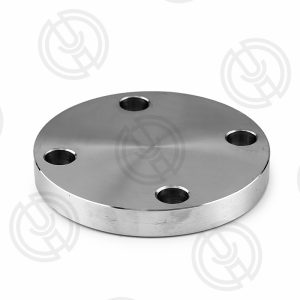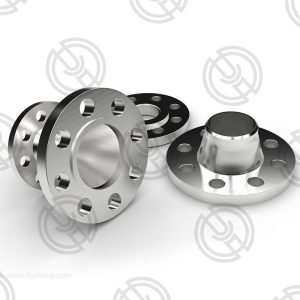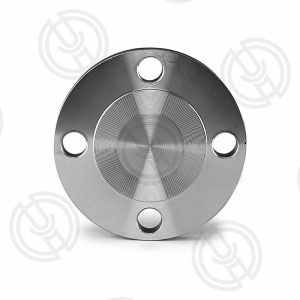ASTM A182 F60 Flange is a widely used material in various industries due to its excellent mechanical properties and corrosion resistance. However, the presence of harmful metals in its microstructure can significantly affect its performance and reliability. This article aims to provide a detailed analysis of the microstructure of harmful metals in ASTM A182 F60 Flange, discussing their origins, effects, and possible mitigation methods.

1.Introduction
ASTM A182 F60 Flange is a high-alloy steel specification that is commonly used in applications requiring excellent resistance to corrosion and high-temperature strength. It contains chromium, nickel, and molybdenum as the primary alloying elements, which contribute to its superior properties. However, the presence of harmful metals, such as sulfur, phosphorus, and lead, can have detrimental effects on the material’s performance. This article focuses on the microstructural aspects of these harmful metals in ASTM A182 F60 Flange.Origins of Harmful Metals Harmful metals can enter the ASTM A182 F60 Flange steel during various stages of production, including raw material processing, melting, and casting. The primary sources of these impurities are as follows:
2. Casting and Solidification:
During the casting process, segregation and microsegregation can lead to the formation of harmful metal-rich phases.
The following are the metallographic characteristics of harmful metals that may be present in ASTM A182 F60 Flange:
- Sulfides:
- Form: Sulfides typically appear as fine, irregular particles, which can be dispersed or distributed along grain boundaries.
- Size: These sulfides can range in size from sub-micron to several microns.
- Distribution: Sulfides tend to segregate at grain boundaries, especially at the grain boundaries.
- Phosphides:
- Form: Phosphides usually present as fine particles, sometimes forming larger, irregular clusters.
- Size: Phosphides can be of a similar size to sulfides but may be larger, particularly in cases of high phosphorus content.
- Distribution: Phosphides also tend to segregate at grain boundaries, leading to grain boundary embrittlement.
- Lead:
- Form: Lead in steel typically exists as very fine particles since it has a low solubility in steel.
- Size: Lead particles are usually very small, but due to their segregation behavior, they can form larger aggregates at grain boundaries.
- Distribution: Lead primarily segregates at grain boundaries, which can increase grain boundary brittleness.
3.When observing the cross-section of ASTM A182 F60 Flange under a metallographic microscope, the following features may be seen:
- Grain Structure: A normal austenitic grain structure, with grain size dependent on heat treatment and cooling rates.
- Precipitates: The precipitates of harmful metals such as sulfides, phosphides, and lead typically appear as bright or dark spots under the microscope, depending on their contrast with the base metal.
- Segregation: Areas of segregation of harmful metals may be observed at grain boundaries, around inclusions, or at specific grain boundary locations.

To more accurately describe the metallographic features of harmful metals in ASTM A182 F60 Flange, metallographic examination is typically conducted, including optical microscope observation, scanning electron microscopy (SEM) analysis, and energy-dispersive spectroscopy (EDS) to determine the type, size, distribution, and quantity of impurities. These analyses help assess the potential impact of harmful metals on material properties and guide material selection and application.
4.Raw Material Selection:
Using low-sulfur and low-phosphorus iron ore and steel scrap can help reduce the initial content of harmful metals. 4.2 Refining and Melting: Proper refining techniques, such as vacuum degassing and argon bubbling, can help remove sulfur, phosphorus, and lead from the melt. 4.3 Alloying: Adding alloying elements like manganese and calcium can form stable compounds with harmful metals, reducing their adverse effects. 4.4 Heat Treatment: Careful control of the heat treatment process can help homogenize the microstructure and minimize the segregation of harmful metals.

5.Conclusion
The presence of harmful metals in ASTM A182 F60 Flange can significantly impact its microstructure and performance. Understanding the origins, effects, and mitigation methods of these impurities is crucial for ensuring the reliability and longevity of components made from this material. Further research and development in this area will contribute to the improvement of ASTM A182 F60 Flange and its applications across various industries.
